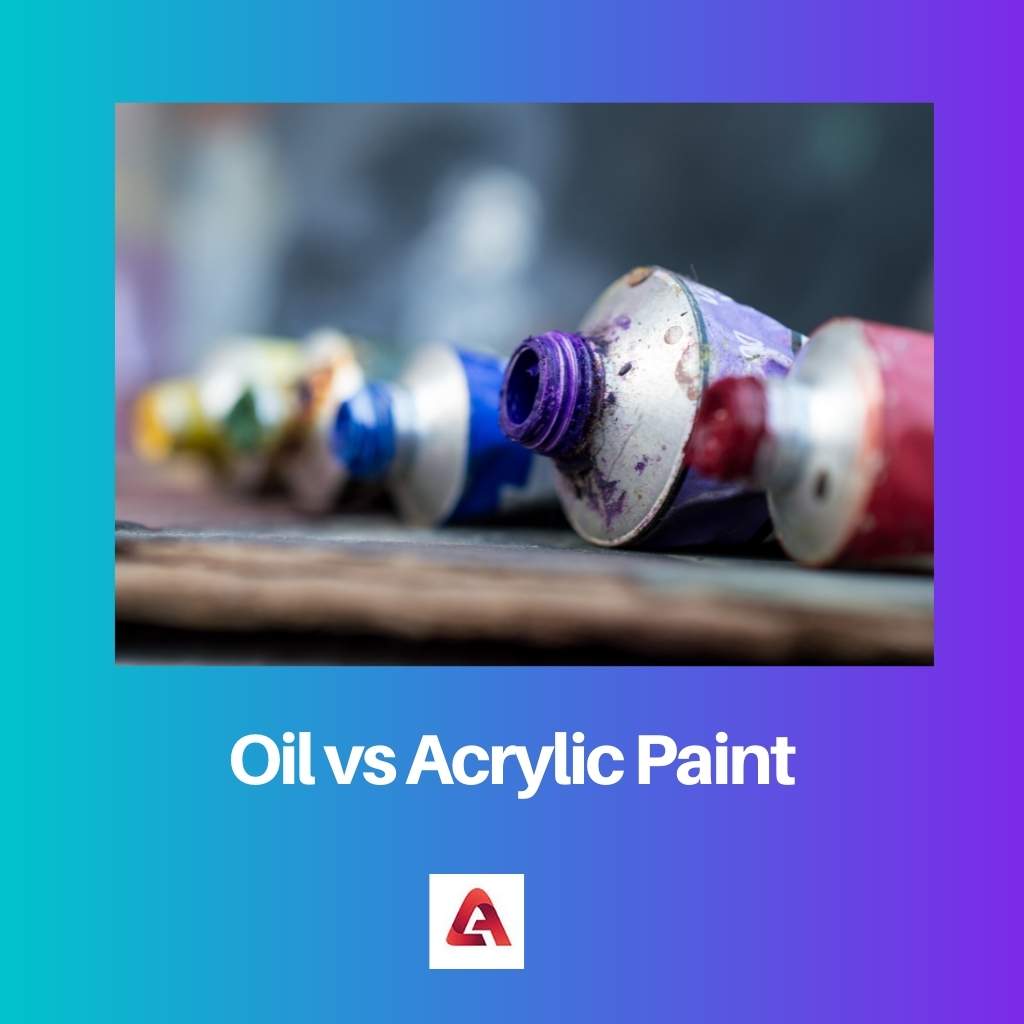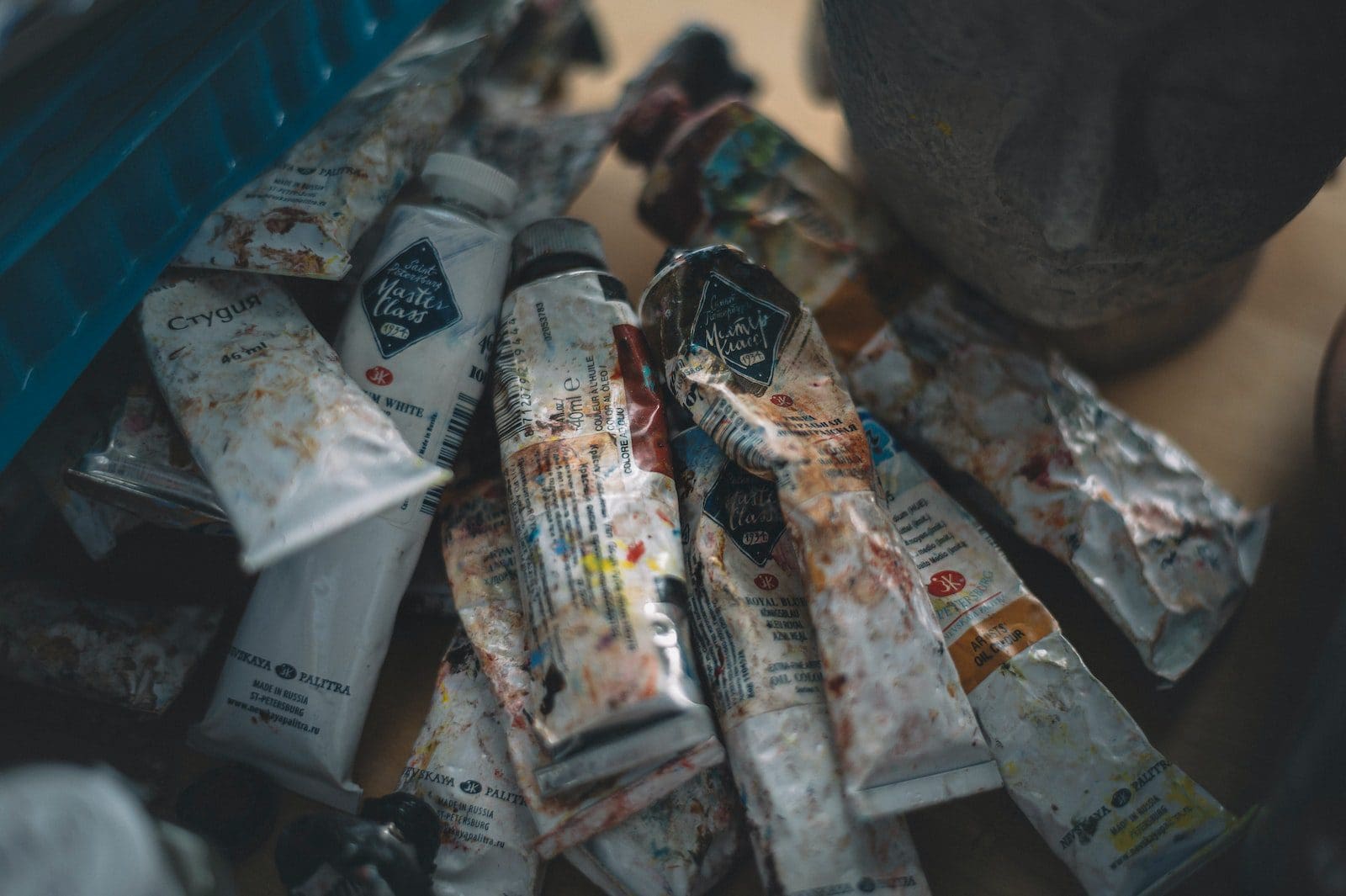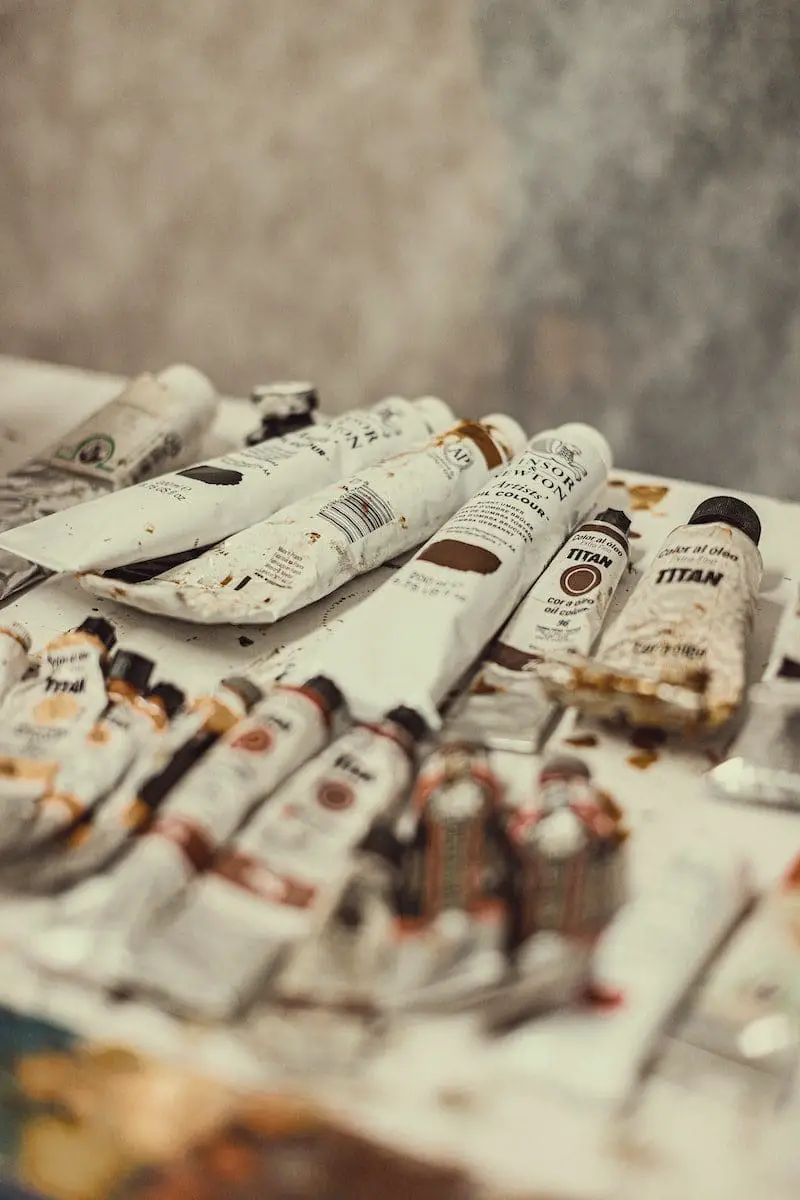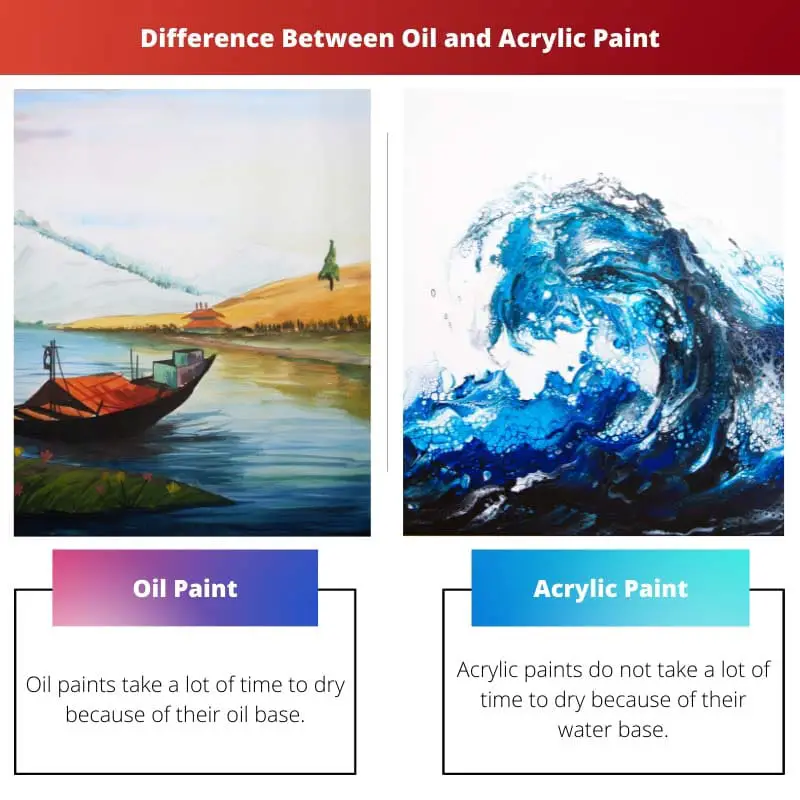The most fundamental is the sort of paint oils and acrylics. It’s trickier to get, which isolates the other two.
Key Takeaways
- Oil paint dries slowly and remains workable for a longer period, while acrylic paint dries quickly, allowing for faster layering and completion of the artwork.
- Acrylic paint is water-based and easy to clean up with water, while oil paint requires solvents for thinning and cleaning.
- Oil paint offers a rich, luminous finish and is better suited for traditional techniques, while acrylic paint is more versatile and can mimic the appearance of oil or watercolor.
Oil vs Acrylic Paint
Oil paint is a slow-drying paint made with an oil base or linseed oil. It has a high viscosity, which can be lowered by mixing it with mineral spirits. The paint is easy to blend with different colors. Acrylic paint is a fast-drying paint made with acrylic polymer emulsion. It has a low viscosity due to its water base.

Oil paints are principally utilized on material or thicker sheets, however, they can likewise be utilized on wood, certain metals, and pottery.
Since they dry so rapidly, acrylics are appropriate for use on paper, material, wood, glass, and even earthenware production.
Comparison Table
| Parameters of Comparison | Oil Paint | Acrylic Paint |
|---|---|---|
| Drying Time | Oil paints take a lot of time to dry because of their oil base. | Acrylic paints do not take a lot of time to dry because of their water base. |
| Blending and Mixing Colors | Oil paints are very convenient to blend and mix as they do not dry quickly. | Acrylic paints are needed to be blended and mixed very quickly as they dry very easily. |
| Color Quality | Oil paints are opaque, glossy, and thick. | Acrylic paints are quite flat and dense. |
| Cost | When utilizing oils, there are likewise the additional costs of painting solvents, which can turn out to be costly. | Utilizing an acrylic choice is more straightforward and utilizing an artistic creation medium is discretionary, as water can be utilized as a medium as well. |
| Durability | Oil paints with their oil base have a high life span and are not easily affected by other factors. | Acrylics do last quite a while however not being water-safe, they are influenced by climate and dampness noticeable all around. |
What is Oil Paint?
Oil paints are extremely thick and, indeed, slick. They are made with restricting specialists, shading colors, and an oil base.
The oil base is additionally what keeps oils wet for more. Specialists who appreciate taking as much time as necessary and concentrating on detail ordinarily love this medium.
There are likewise more secure medium choices, for example, regular artwork oils that can be utilized rather than turpentine and other paint strippers and thinners.

What is Acrylic Paint?
Acrylic paints are made similarly to oils besides without the oil base. They are, and thus they are likewise a lot more secure to utilize.
At the point when you are painting something like a picture, which has countless layers, shadows, and subtleties, acrylics would dry excessively fast.
There are various acrylic-explicit sealants or stain alternatives, like matte or super gleam, to look over.

Main Differences Between Oil and Acrylic Paint
- Oil paints are a little more expensive than acrylic paints.
- Oil paints are more durable than acrylic paints.




